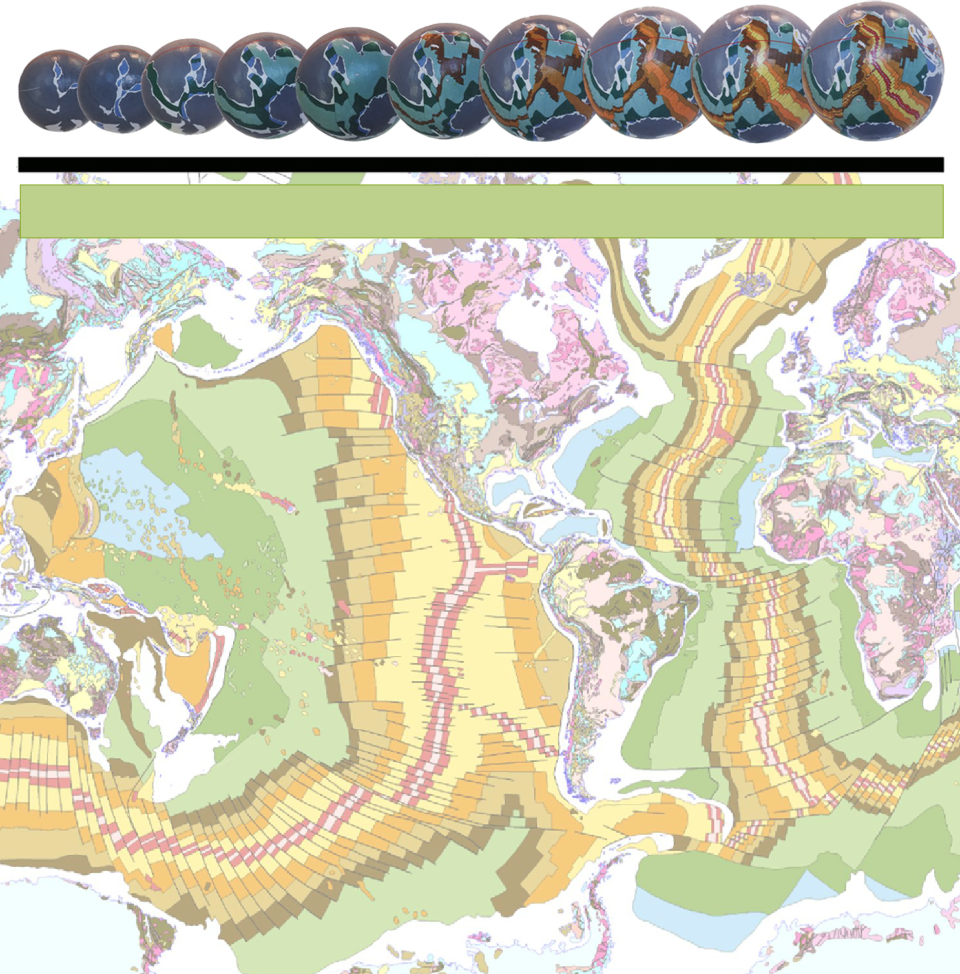

PROPOSED MECHANISM
Rejection of the historical theory of Earth expansion was made during the 1960s to early 1970s, based primarily on a lack of a mechanism to explain the required increase in Earth mass and radius over time. Despite the historical small Earth modelling evidence and despite subsequent advances in all of the sciences, in particular space-
At no stage has anyone bothered to scientifically quantify this outdated rejection with modern factual evidence. Nor has anyone bothered to test the equally pertinent assumption that Earth radius has remained constant throughout time.
Since the 1960s, scientific attention has been increasingly focused on the role of interstellar plasma in the formation of the universe. It has been shown that magnetic fields generated by plasmas are millions of times more powerful than the force of gravity and are considered by many scientists to shape not only galaxies but also the stars, including solar systems, planets, and the satellites. This new science is referred to as plasma cosmology.
Near Earth satellite observations, carried out since the start of the space-
The proposed causal mechanism for increasing Earth mass and radius on an Expansion Tectonic Earth involves an on-
The resultant increase in volume of new matter at the core-

Proposed development of the Earth’s core, mantle, and crust followed by continental break-
Regardless of the merits of this observation one needs to ask, what are all these magnetically charged particles doing to the Earth? Common sense tells us that any input of charged particles must, over time, result in an increase in both mass and radius causing the Earth to expand.